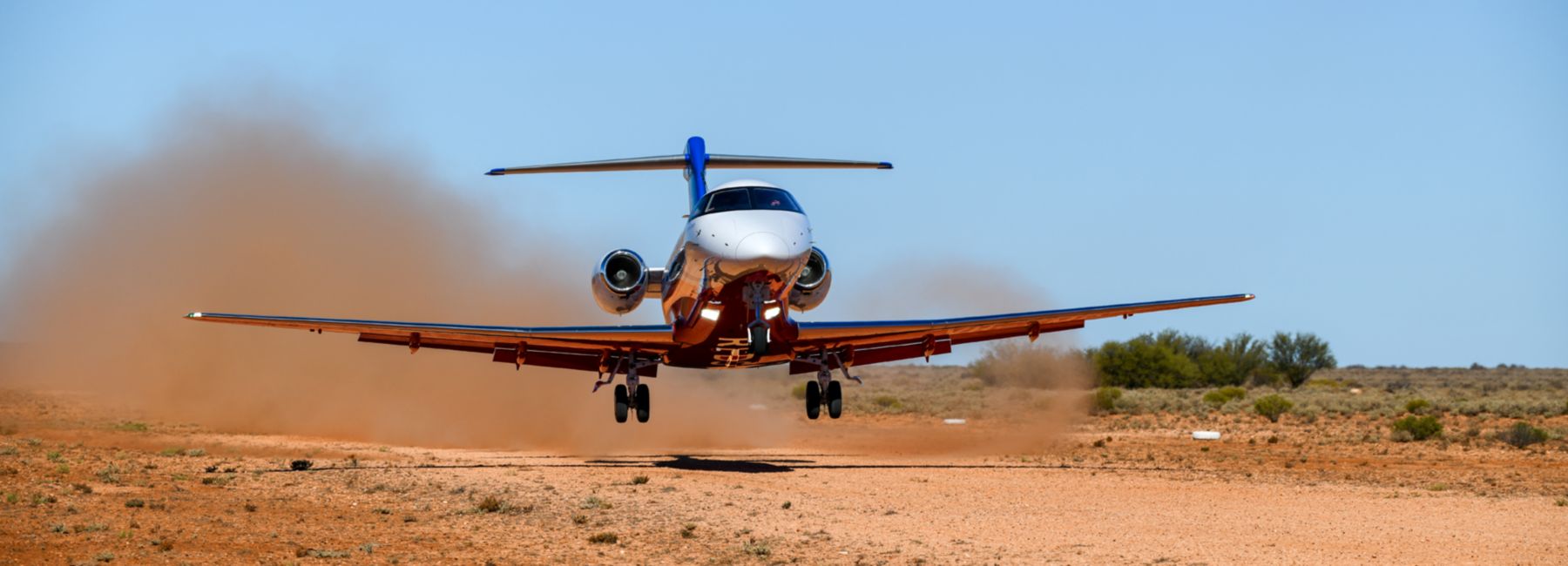Customer Stories | June 16, 2025
Helping the Royal Flying Doctor Service save lives
"Digital health is about having the right data at the right time. And when that data becomes life-changing for the patient, you need superior platforms that just work."
— Ryan Klose, Chief Information Officer, Royal Flying Doctor Service
Imagine living in a remote location that doesn’t have any access to local doctors or services, and that might only have one telephone. Or being a healthcare worker and not having access to information that could help save the life of your patient.
That’s been the challenge for residents of the Australian outback—and for the medical staff who attend to them.
But the good news is there’s help from above. Arriving by plane are members of the Royal Flying Doctor Service (RFDS), a group of heroic doctors, nurses and seasoned bush pilots who perform life-changing work (or make life-changing decisions) in barren areas that are too sparsely settled for resident physicians and where reliable internet connectivity is often not available.


